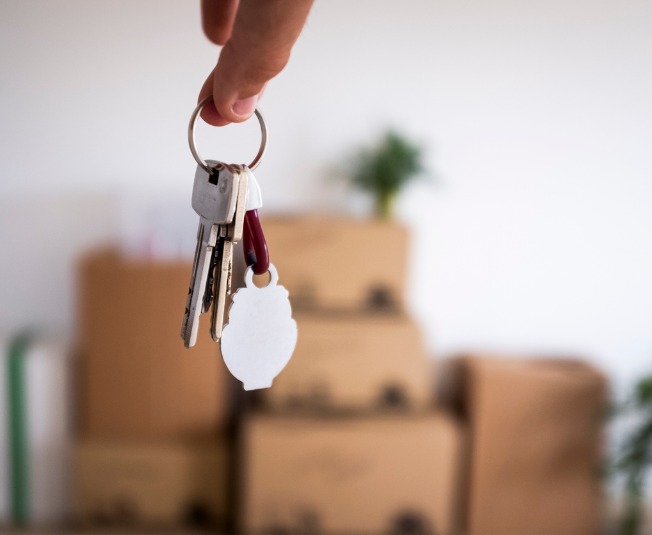Scoring the perfect house should be at the top of your list when moving, but don’t forget about the importance of the neighborhood it’s located in. After all, you could be living there a long time and will want to feel safe and happy among your neighbors. Also, if the neighborhood turns out to be bad, it can be difficult to sell later down the road when you’re ready to move. Doing ample research about the neighborhood is a must, and be sure to keep your eyes peeled for any of these neighborhood red flags.
When you’ve decided on the right place in the right neighborhood, schedule moving services with our professional moving company in Gainesville, FL.
It’s Too Good To Be True
A beautiful house in a seemingly good neighborhood for the ideal price? There may be a reason for your good luck that isn’t obvious on the surface. Check out the neighborhood for more “for sale” signs that aren’t just on the property you’re eyeing. If there’s a lot, it could be an indication that people are trying to leave that neighborhood. And if the home you’re looking at is listed for a price below expectation, it could mean that they’re desperately trying to repopulate. The reason could be anything from underlying economic reasons to local environmental issues that make it difficult to maintain the home, such as flooding. It’s also important to look at surrounding neighborhoods to see if rising crime rates could be causing the exodus.
Poorly Maintained
Beyond just a single house, a neighborhood should be a well-functioning hub of neighbors, roads, sidewalks, and yards. While the occasional crack in the sidewalk or pothole in the road isn’t a sign to run, multiple points of degradation are an indication that public services are lacking. Additionally, look at the state of the neighbors’ homes and yards. Are they well-kept and maintained or are they in a state of disrepair? Crumbling home exteriors and weedy lawns with junk piled high can speak in volumes about the character of both the occupant and the neighborhood. While pristine homes and lawns don’t necessarily mean the best neighborhood, poorly maintained ones can be a reflection of the issues you might face should you become an owner there.
Check Nearby Schools
Even if you don’t have children, the state of schools in the area can be an indicator of the quality of the neighborhood that you’re considering. Do some research on the population of the school and its overall rating. This can give you insight into whether the local population is aging or if parents are potentially opting for private or homeschooling because of the quality of the public schools. While an aging population isn’t necessarily bad, it could point to decreased economic security in the area. Also, if you do have children, that means that your child will have fewer people around their age.
No One’s Around
Not seeing people on the sidewalks or in their yards isn’t necessarily a red flag. After all, there could be inclement weather the day you visit or they’re opting to relax in the more spacious backyard. However, not seeing children playing outside or even neighbors doing lawn work could point to concerns for safety. Even in areas that seem nice, growing worries about crime could be keeping your neighbors inside. Of course, you should always check crime statistics for any area you’re considering moving to. You should also check out local news to see if the area around your neighborhood is becoming a hotspot for crime.
